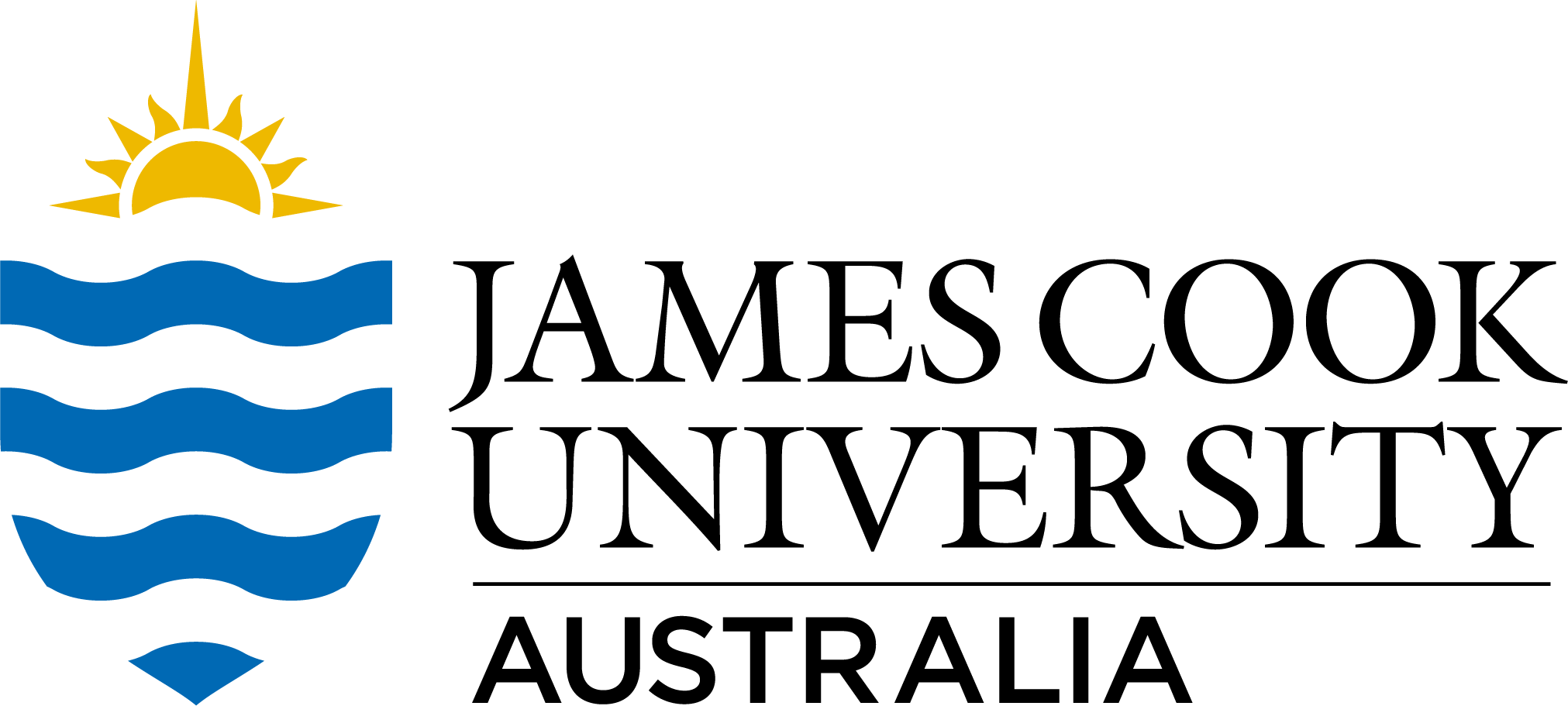Full description
Trophic interactions (i.e., predator-prey relationships) among target reef fish comprising the majority of catch by all fishing gears (with the exception of gillnets) employed on a Papua New Guinean island in the Manus Province.
Gillnets were excluded because there are strong traditional customs that limit when gillnets can be used and by whom (thus, only a handful of households have rights to use gillnets, and in practice, gillnets are seldom used in this location). To determine which species were caught by each gear type being used by fishers, catch surveys were performed during the day and night at landing sites (i.e., approaching fishers as they returned from fishing activities) and local markets and involved photographing the catch (using a scale) and recording the gear used. We made sure fish were not double-counted by obtaining fishing trip details at the start of each catch survey (e.g., fisher, start time of fishing trip, or hours fishing). Catch photographs were analysed by sizing and identifying individual fish species to the lowest taxonomic level possible. A total of 2469 individual fish and 5 different gears (handline, speargun, trolling line, simple spear, and gillnets) were recorded during our sampling period. Gillnet catch was subsequently excluded from the analyses as discussed above. As catch data was collected at one point in time rather than continuously throughout the year, it is possible that some species-gear interactions were not measured. Catch composition included reef associated-fish, invertebrates, and pelagic fish (e.g., tuna and sharks). Most gears used in multispecies coral reef fisheries incidentally catch a number of species infrequently. We therefore only included fish identified to the species-level that corresponded at least to 1% of each gears catch, resulting in a total of 60 primary target fish species. Trophic interactions capturing predator-prey relationships among the 60 primary target fish species were estimated based on a combination of diet, relative body size, and habitat use (likelihood of encounter). Diet and body size (maximum length) data were taken from FishBase, and broad patterns of habitat use (i.e., pelagic, demersal, coral-dominated, macroalgal bed) were estimated from published records and expert first-hand knowledge of coral reef ecologists at the ARC Centre of Excellence for Coral Reef Studies at James Cook University, Australia. Detail on the specific fish species consumed from analyses of gut contents is largely unavailable, yet piscivorous coral reef fish are known to be generalists in terms of the species they consume. We thus took a conservative approach, considering one species to prey on another if its diet was predominantly piscivorous, its body length was large (ca. ≥ 2 times) compared to that of the prey species, and the two species occupied a similar habitat. We did not identify potential predatory links for any species whose diet was not primarily piscivorous as any likely predation on other targeted species was likely to be too infrequent to have a meaningful effect on prey populations.
This dataset consists of a trophic matrix in comma-separated values (.csv) format.
Created: 2020-05-28
Data time period: 16 04 2018 to 07 05 2018
text: Manus Island region, Papua New Guinea
User Contributed Tags
Login to tag this record with meaningful keywords to make it easier to discover
- DOI : 10.25903/5ECF39990A0BB

- Local : researchdata.jcu.edu.au//published/d376aed89456b52435300b72b716ad50
- Local : fcd75f1524b7ef3bfb1ea75b8cfeceb0


